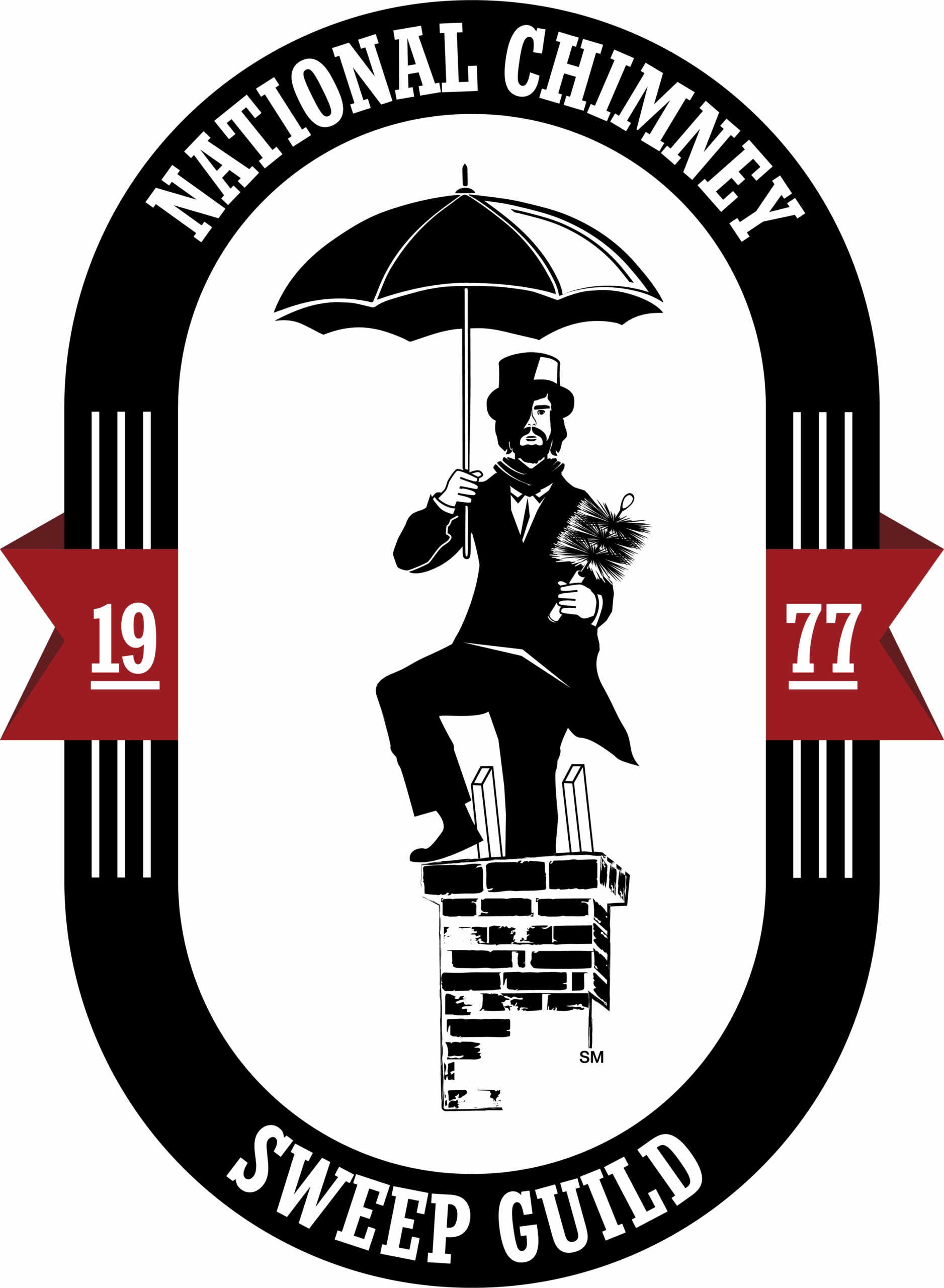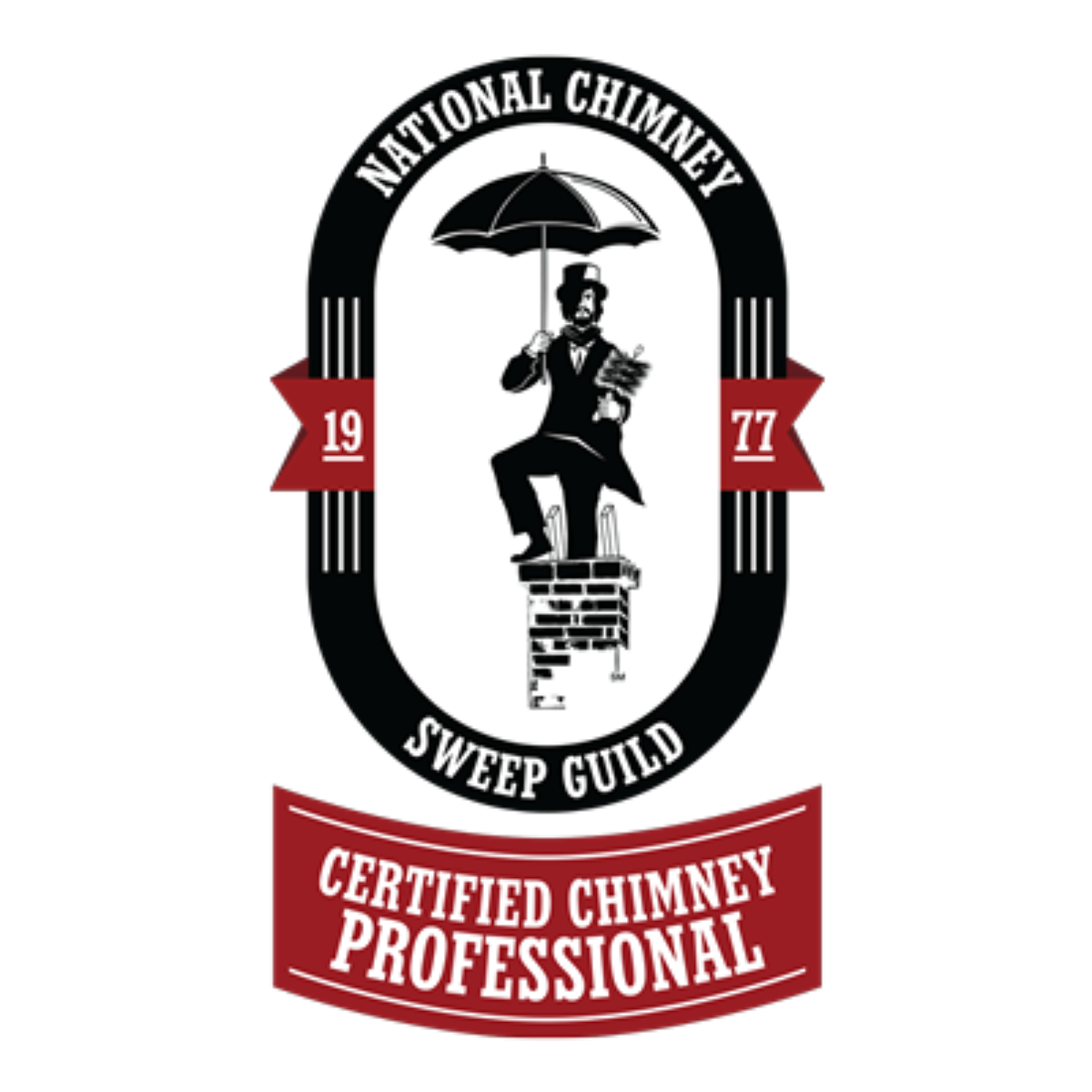A Breakdown of the Key Parts of a Chimney
Understanding the parts of a chimney is essential for homeowners, as each component plays a vital role in ensuring your fireplace operates efficiently and safely. A well-maintained chimney not only provides warmth but also prevents dangerous situations like chimney fires or carbon monoxide buildup. This article delves into the key parts of a chimney, their functions, and the importance of chimney services to keep everything running smoothly.
The Structure of a Chimney
A chimney consists of several essential components, each designed to perform specific functions. These components work together to channel smoke and gases safely out of your home. Here’s a breakdown of the parts of a chimney:
1. Chimney Cap
The chimney cap is the topmost part of the chimney. It serves several purposes:
- Protection: It prevents rainwater, debris, and animals from entering the chimney, which can cause blockages and damage.
- Draft Control: A well-designed chimney cap helps improve the draft, ensuring that smoke and gases are expelled efficiently.
Regular inspections of the chimney cap are vital, as it can become damaged over time due to weather conditions or animal activity.
2. Flue
The flue is a crucial component of the parts of a chimney. It’s the passage through which smoke and gases exit your home.
- Material: Flues can be made from different materials, including clay tiles, metal, or masonry. The choice of material affects the flue’s efficiency and longevity.
- Sizing: It’s essential to have a properly sized flue to ensure optimal draft. A flue that is too small can restrict airflow, while one that is too large can cause inadequate draft.
Regular chimney services can help maintain and inspect the flue for cracks or blockages.
3. Chimney Crown
The chimney crown is the surface that sits on top of the chimney structure. It plays a vital role in protecting the masonry from water damage.
- Functionality: The crown should be sloped away from the flue to direct water away from the chimney. If the crown is damaged or improperly designed, it can lead to moisture issues, causing the chimney to deteriorate.
- Materials: Typically made from concrete, the chimney crown should be inspected regularly for cracks or wear.
4. Chimney Structure
The actual structure of the chimney is composed of the masonry or metal that forms the exterior.
- Masonry Chimneys: These are made from bricks or stone and are durable but may require more maintenance to prevent water damage.
- Metal Chimneys: Often used for wood stoves or fireplaces, these chimneys can be easier to install and maintain but may have a shorter lifespan.
5. Smoke Chamber
The smoke chamber is located just above the firebox and below the flue. It is designed to help funnel smoke into the flue.
- Importance: A well-maintained smoke chamber helps ensure efficient smoke flow, reducing the likelihood of smoke backing up into your home.
- Inspection: Like other parts of the chimney, it should be inspected for creosote buildup or blockages.
6. Firebox
The firebox is the area where the fire actually burns. It is lined with fireproof material and is typically located in your fireplace.
- Safety: A well-maintained firebox ensures that heat is contained and prevents damage to the surrounding structure.
- Cleaning: Regular cleaning is necessary to remove ashes and prevent dangerous creosote buildup.
The Importance of Regular Maintenance
Understanding the parts of a chimney is only half the battle; regular maintenance is equally important. Chimney services can help identify potential issues before they become major problems. Here are some reasons why regular chimney maintenance is essential:
- Preventing Fires: Creosote buildup in the chimney is a leading cause of chimney fires. Regular inspections and cleanings can significantly reduce this risk, keeping your home safe.
- Improving Efficiency: A well-maintained chimney operates more efficiently, ensuring that your fireplace provides maximum warmth. Proper airflow means better combustion, which can lead to lower heating costs.
- Enhancing Air Quality: A chimney that is in good condition helps prevent smoke and harmful gases from entering your home. Regular cleaning and inspection are crucial to maintaining good indoor air quality.
- Increasing Longevity: The lifespan of your chimney depends on how well it is maintained. Regular services can help identify wear and tear, extending the life of your chimney and its components.
Top-Notch Chimney Services in Dallas for Homeowners
Understanding the parts of a chimney and their functions is crucial for any homeowner. From the chimney cap to the firebox, each component plays a vital role in keeping your home safe and warm. Regular maintenance and inspections from professional chimney services can help prevent potential hazards and ensure optimal performance.
If you’re in need of professional chimney services in Dallas, Texas, look no further than Masters Services Chimney & Masonry. Our experienced team is dedicated to keeping your chimney in top condition, providing services tailored to your specific needs. Don’t wait until small issues turn into significant problems—let us help you maintain your chimney for safe and efficient heating. Get in touch with Masters Services Chimney & Masonry today and ensure your chimney is ready for the season!
Masters Services Chimney & Masonry – DFW
11245 Goodnight Ln #35, Dallas, TX 75229
+19728774650










